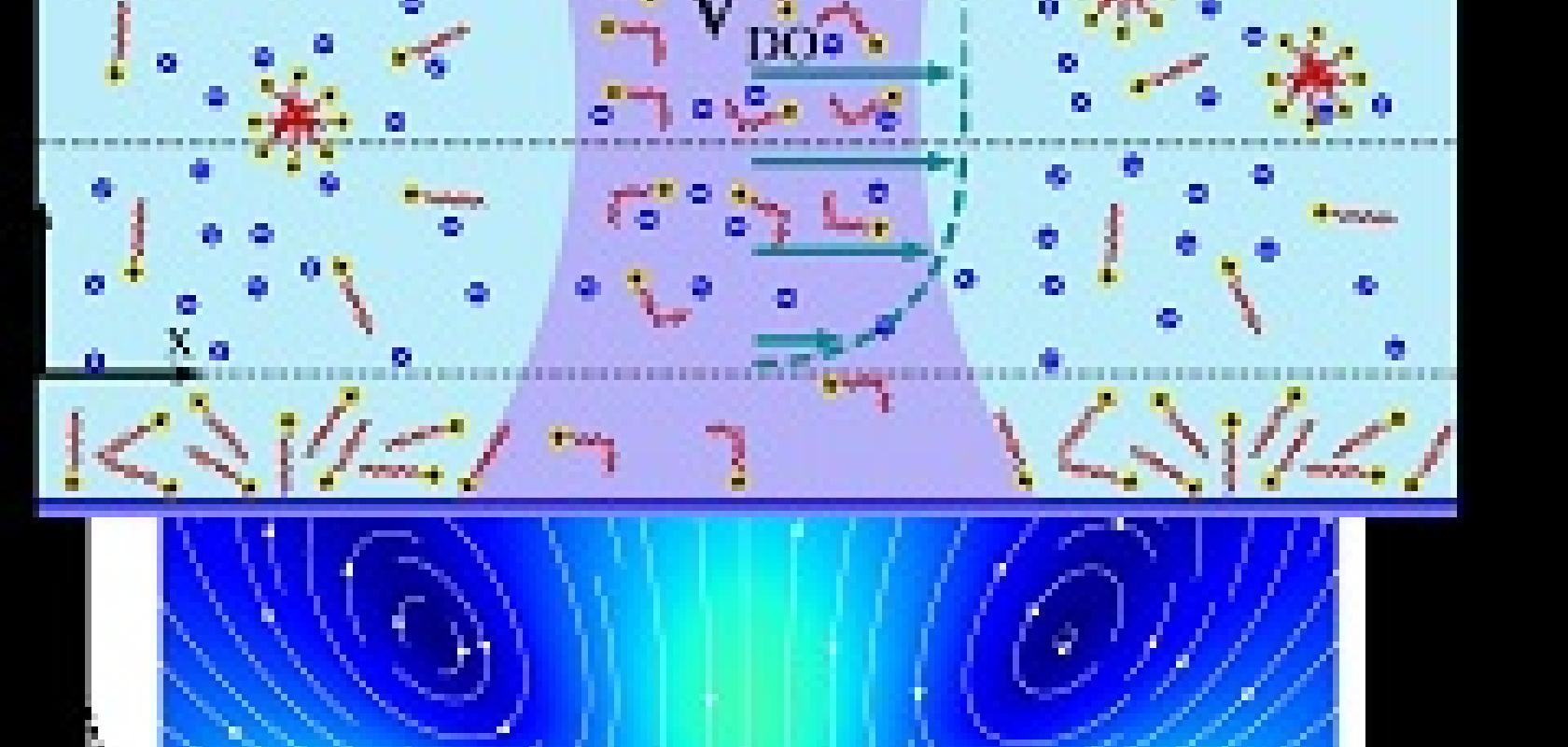Researchers at the Lomonosov Moscow State University’s faculty of physics have developed a new method of using a laser to manipulate microparticles at the solid-liquid interface of water. The research has been published in Scientific Reports and has led to the method being used for applications such as surface-cleaning and marking.
Olga Vinogradova, a professor at the faculty of physics, and Salim Maduar, a junior researcher of her group, which in turn is part of an international scientific team, suggested the method, which uses laser light to indirectly move particles over a surface.
For the method, a photoresponsive surfactant is added to water and illuminated with laser light, which causes fast waterflows of moving particles to be formed. In doing this it is possible to manipulate groups of particles in the waterflows, enabling applications such as the cleaning of contaminated surfaces without causing any damage.
The conformation of the photosensitive surfactant changes when illuminated by light of a certain wavelength. The molecules inside the light spot of the laser change, generating concentration gradients of ‘rod’ and ‘tick’ shapes. These concentration gradients near charged solid-liquid interfaces lead to the phenomenon ‘diffusio-osmotic flow’ which is what enables the particles to be manipulated at the interface.
The Moscow physicists showed that by using certain wavelengths, they can move surface particles in certain directions, either to move them out from the light spot or gather them towards its centre. Describing the system theoretically has revealed that the velocity of the diffusio-osmotic flow is increased several times if pure water is used instead of salty water.
In developing the new method for the soft cleaning of surfaces such as semiconducting crystals for microelectronics, the researchers found that it could also be used for several additional applications. By moving the laser spot the scientists were able to ‘draw’ on the surfaces, as the laser leaves a visible trace with enhanced or decreased concentrations of microparticles. In the original article, the authors provided photos and videos showing logos being made from microparticles by moving a laser spot across the solid-liquid interface.
Further Information:


